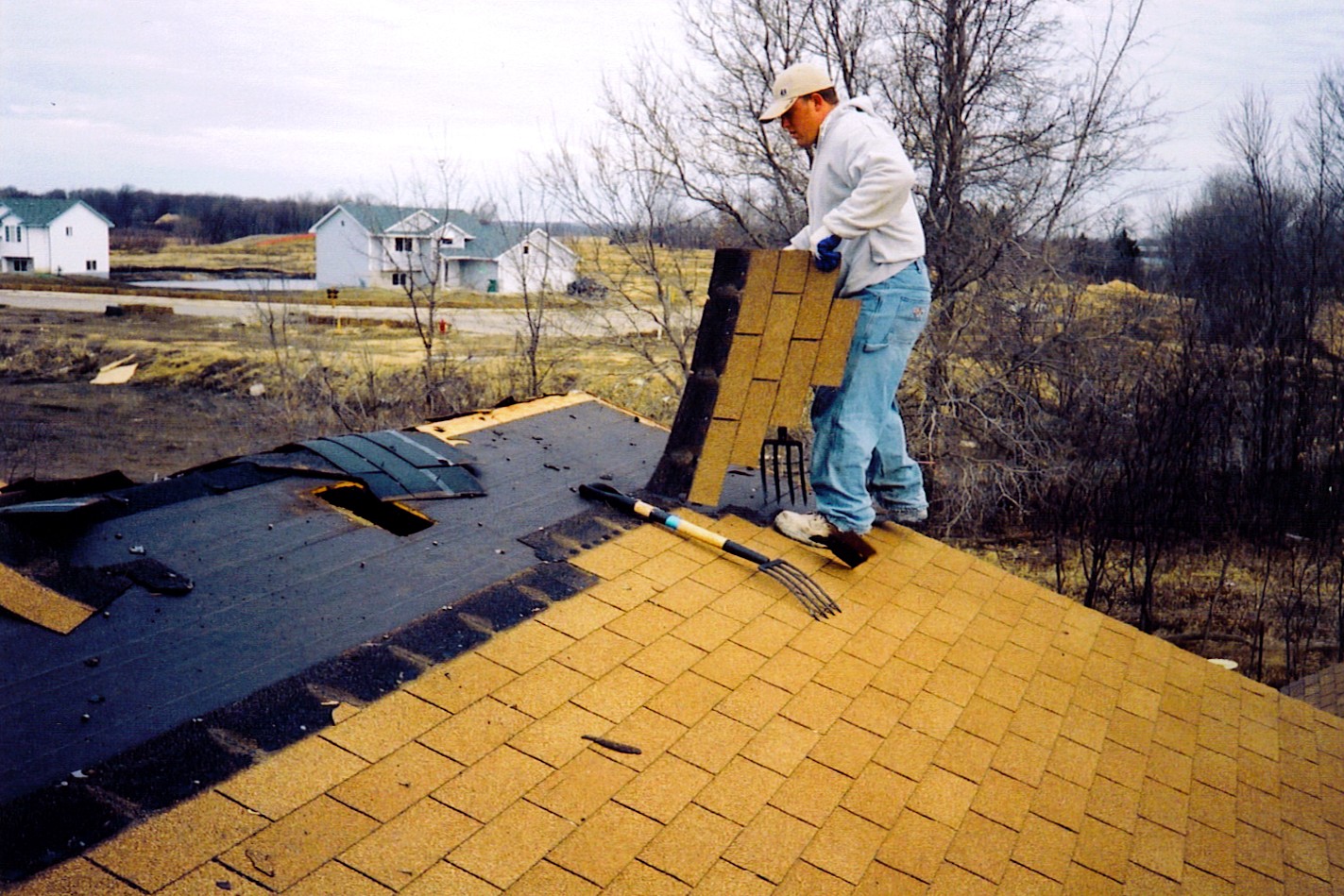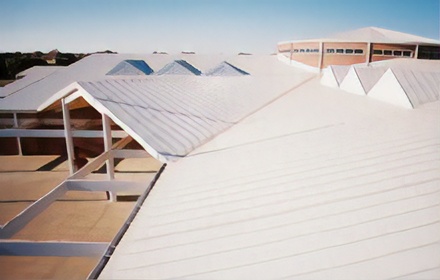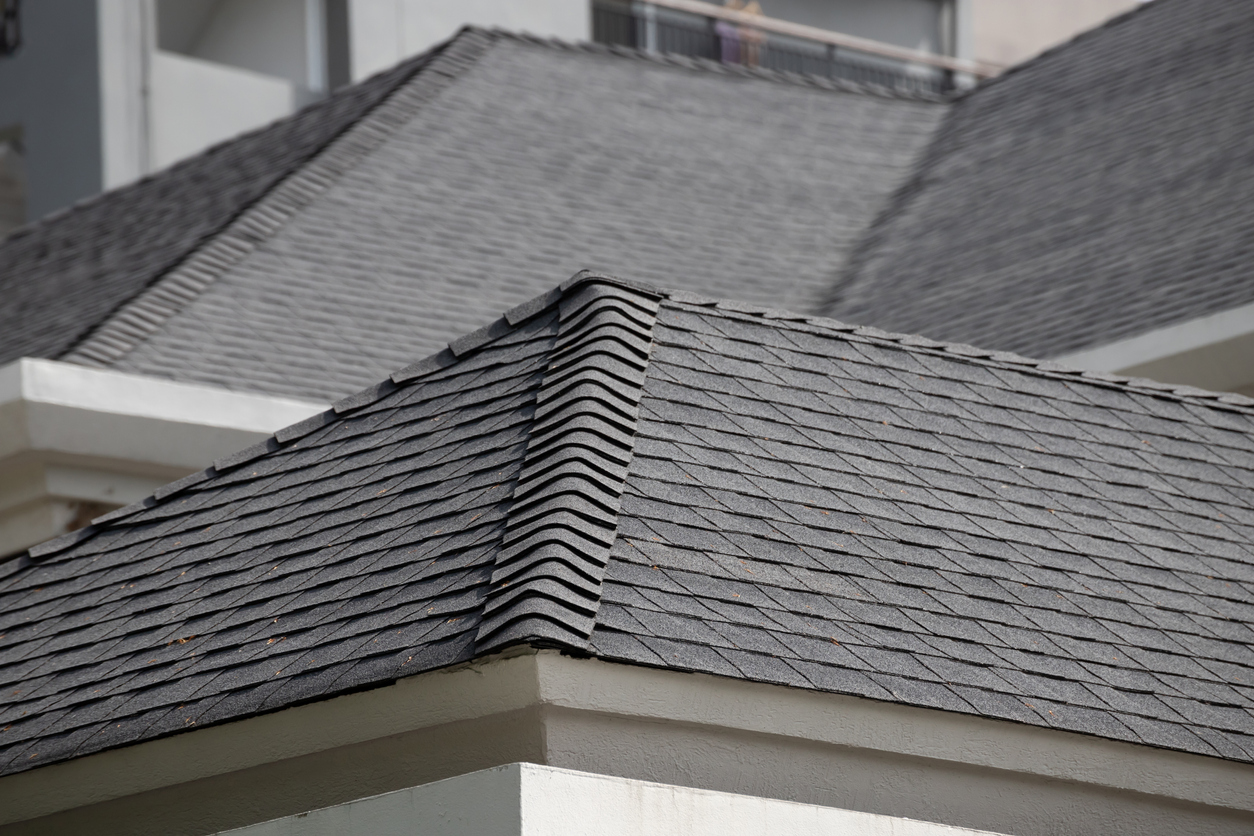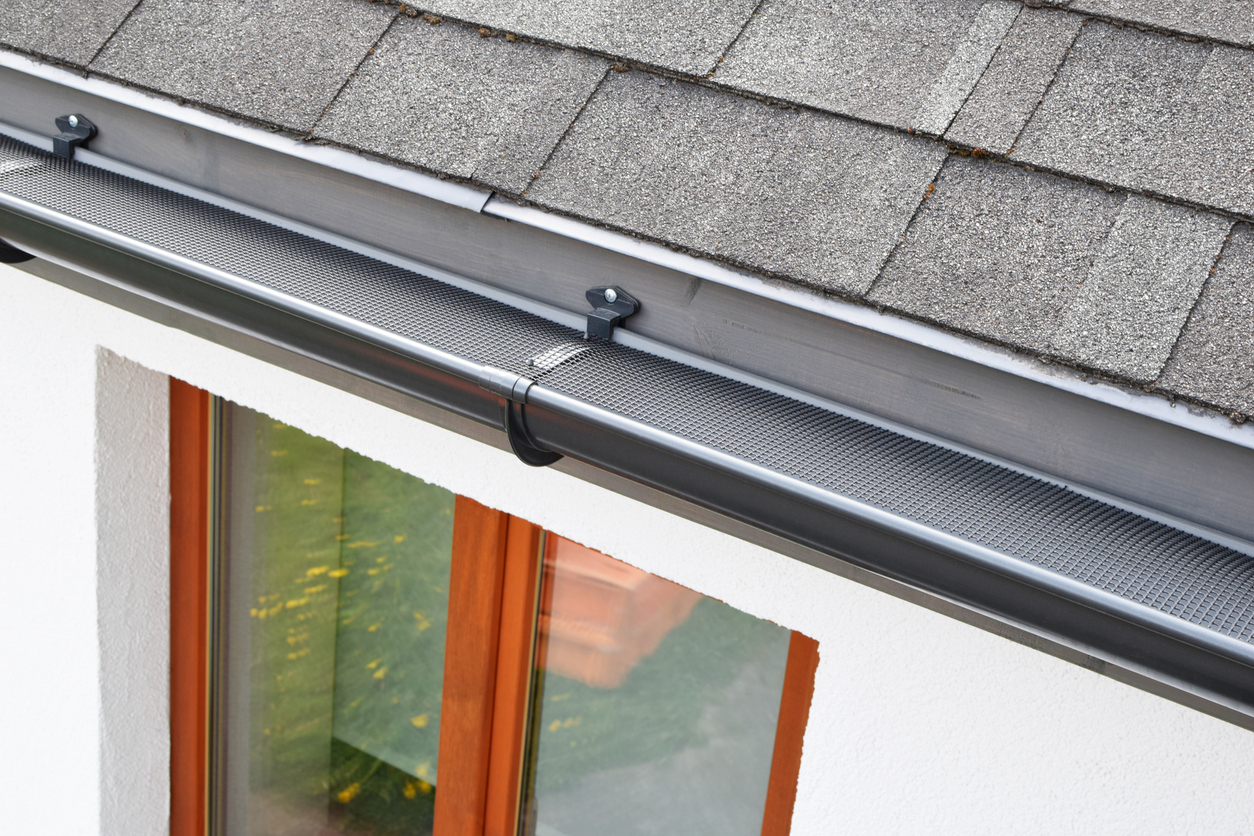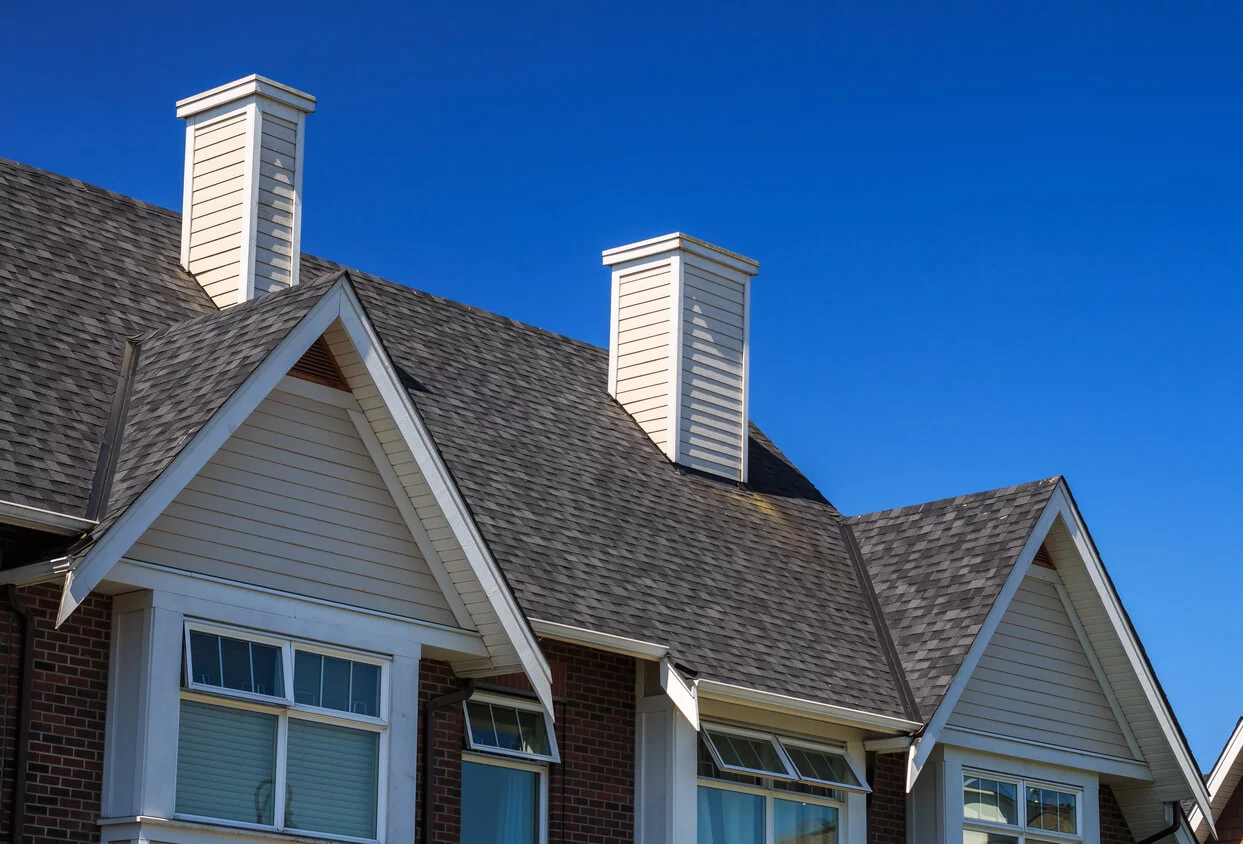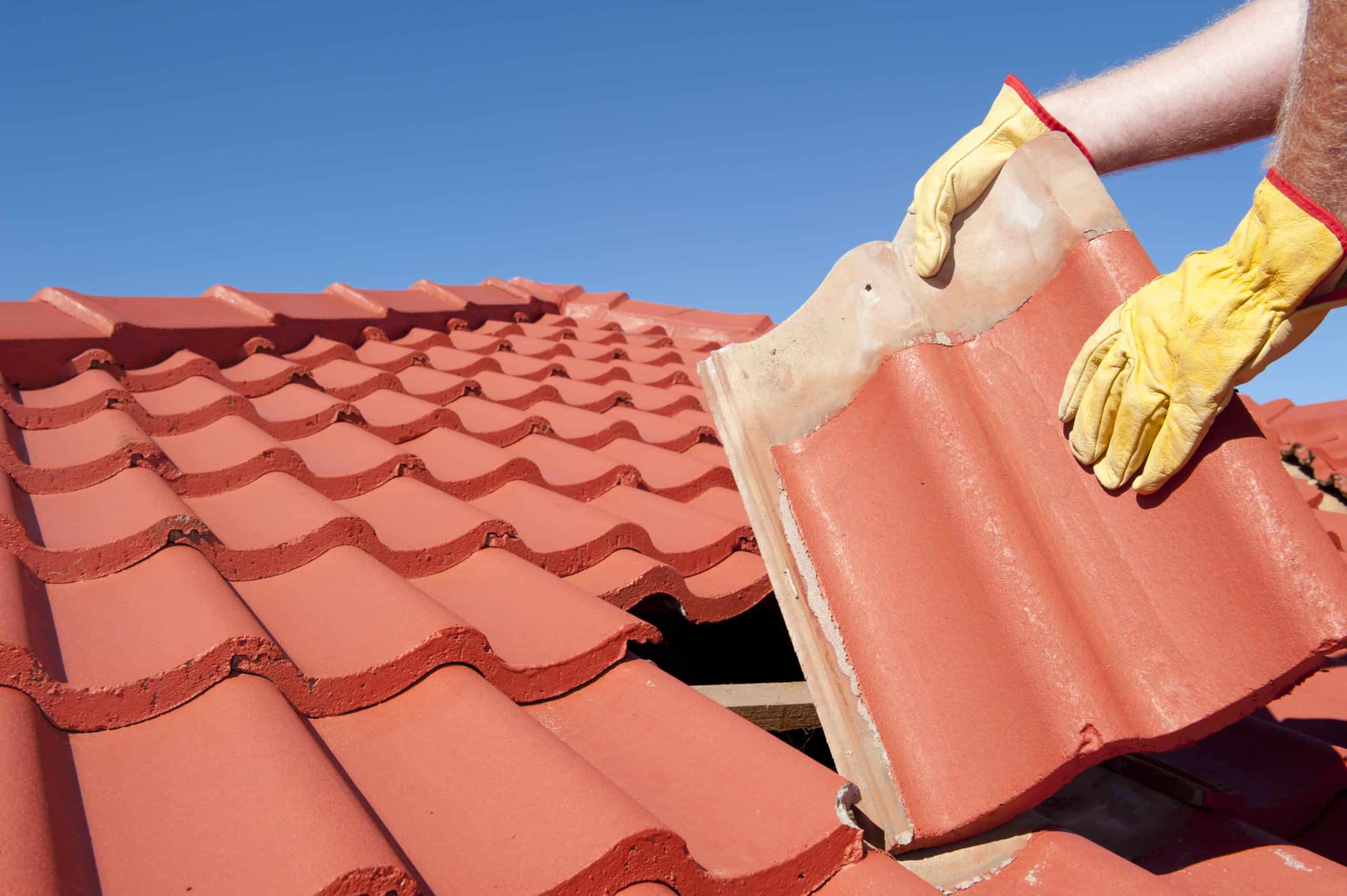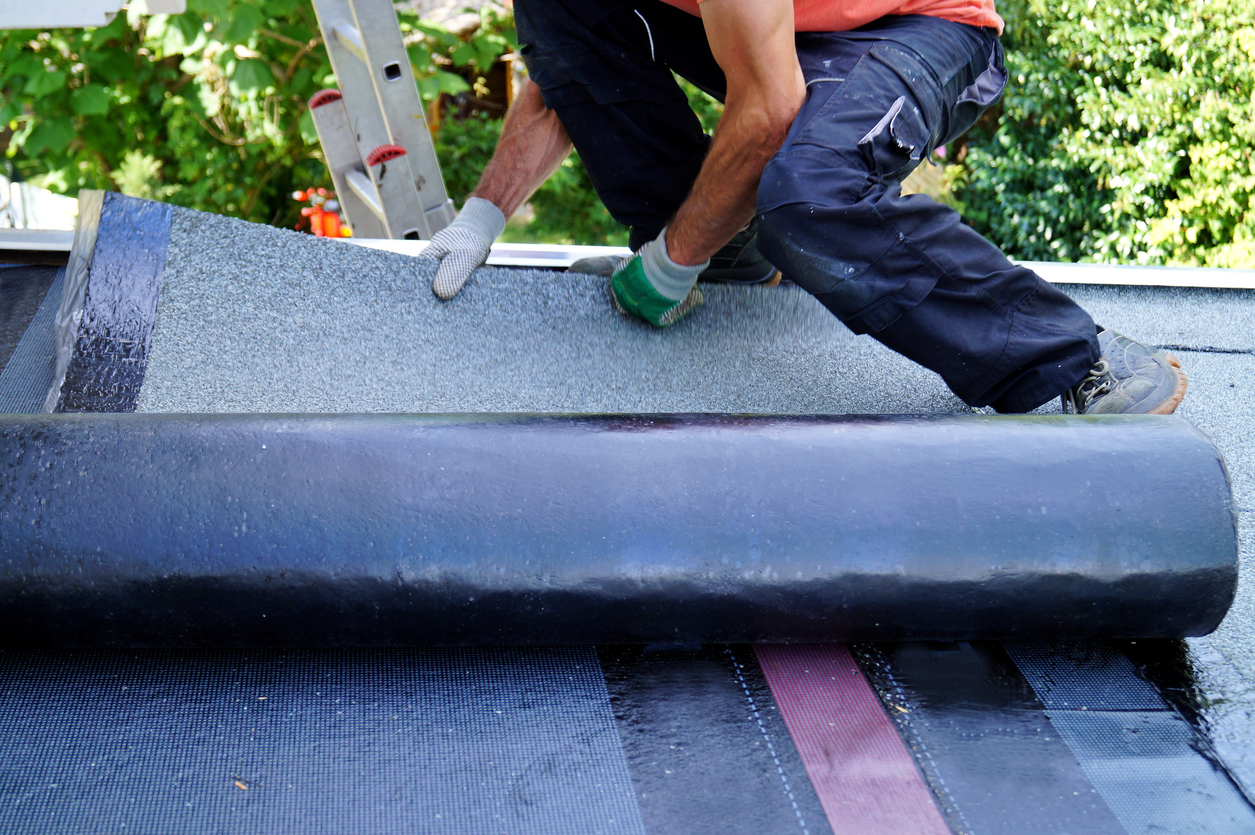The pitch of a roof, which is the angle of inclination of the roof surface, is an important factor to consider when designing and building a roof. The roof pitch can affect the overall aesthetics of a building, its structural integrity, its durability, and its energy efficiency. In this article, we will explore why roof pitch calculation is important and how it can impact various aspects of a building.
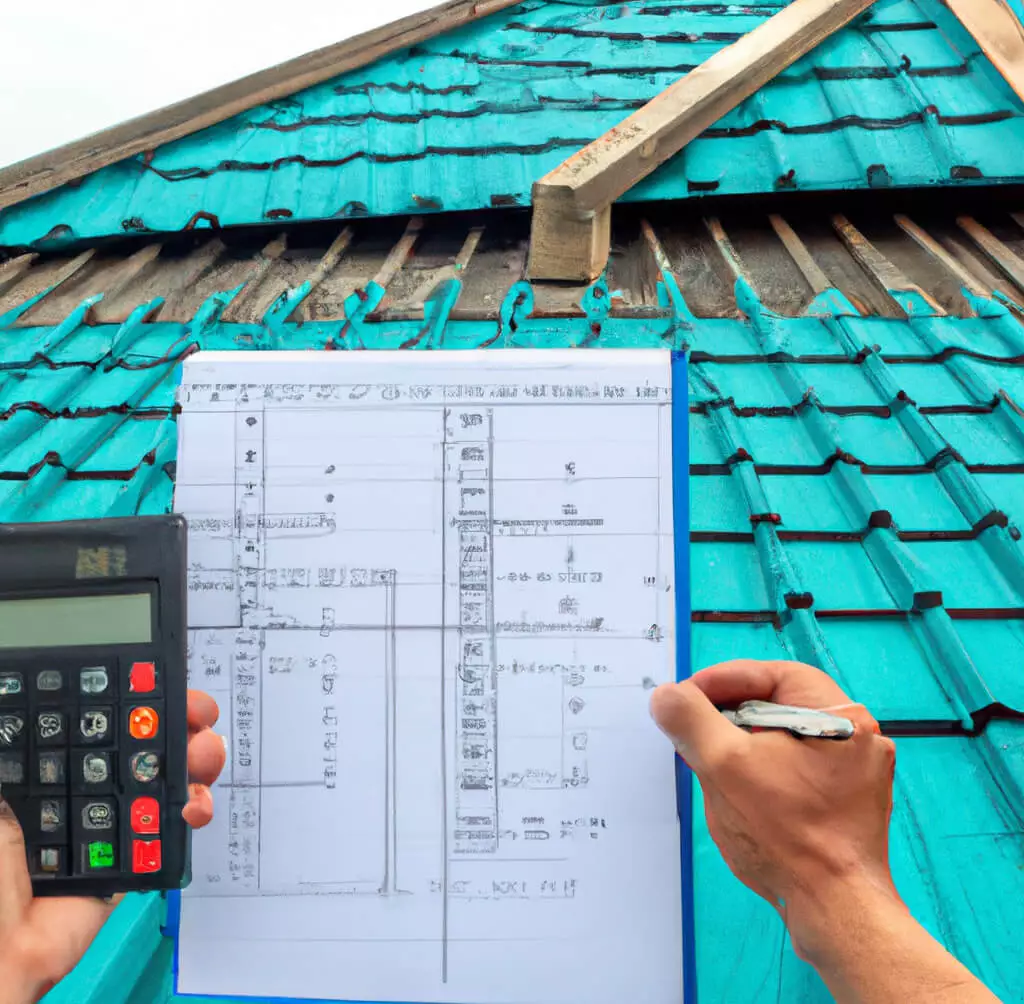
Aesthetics
The roof pitch can greatly impact the overall look of a building. A roof with a high pitch may give the building a grand and imposing appearance, while a low pitch can make the building appear more modern and streamlined. The roof pitch should be chosen to complement the architectural style of the building and to enhance its overall appearance.
Structural integrity
The roof pitch also has a significant impact on the structural integrity of a building. A higher roof pitch means that the weight of the roof is distributed over a larger area, which can help to reduce the stress on the roof structure. A lower pitch, on the other hand, may require additional supports to prevent sagging or collapsing. It is important to ensure that the roof pitch is appropriate for the type of roofing material being used, as some materials may require a certain minimum pitch to be structurally sound.
Durability
The roof pitch can also affect the durability of a roof. A steeper roof pitch can help to prevent water from pooling on the roof surface, which can cause leaks and other damage over time. A lower pitch may be more prone to water damage and may require additional waterproofing measures to ensure that the roof remains intact over time.
Energy efficiency
The roof pitch can also impact the energy efficiency of a building. In colder climates, a steeper roof pitch can help to prevent snow from accumulating on the roof, which can help to reduce the load on the roof and prevent damage from ice dams. In warmer climates, a lower pitch can help to increase the amount of shade provided by the roof, which can help to reduce the amount of heat absorbed by the building and lower energy costs.
Calculating the roof pitch
To determine roof pitch calculator, you need to measure the rise and run of the roof. The rise is the height of the roof from the top of the wall to the peak, while the run is the horizontal distance from the top of the wall to the peak. The pitch is then calculated by dividing the rise by the run.
For example, if the rise of the roof is 8 feet and the run is 16 feet, the pitch would be 8/16, or 0.5. This means that the roof has a 6/12 pitch, which is commonly referred to as a “half-pitch” or a 26.6-degree angle.
When designing a new roof or remodeling an existing one, it is important to work with a qualified professional who can help you determine the appropriate roof pitch for your specific needs. Factors such as the local climate, the type of roofing material being used, and the structural requirements of the building must all be taken into account when determining the ideal roof pitch.
In conclusion, the roof pitch is an important factor to consider when designing and building a roof. It can impact the aesthetics, structural integrity, durability, and energy efficiency of a building, and must be calculated carefully to ensure that the roof is both functional and visually appealing. By working with a qualified professional, you can ensure that your roof is designed and constructed to meet your specific needs and requirements.

I am Scott Miller and my love is writing about home improvement. I write mostly about home ideas, but also share some tips and tricks that can make your life easier when it comes to getting things done in the house.
